Guillaume Klein
OpenNMT: Neural Machine Translation Toolkit
May 28, 2018

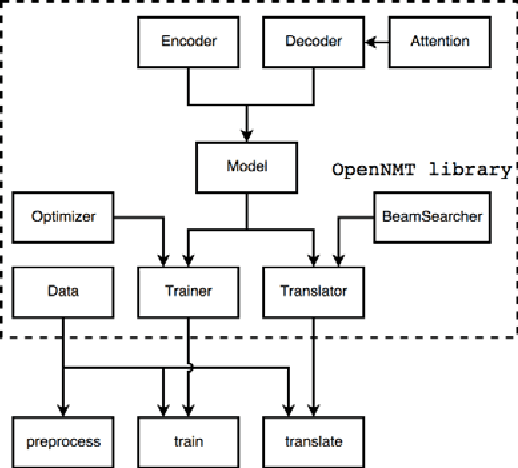

Abstract:OpenNMT is an open-source toolkit for neural machine translation (NMT). The system prioritizes efficiency, modularity, and extensibility with the goal of supporting NMT research into model architectures, feature representations, and source modalities, while maintaining competitive performance and reasonable training requirements. The toolkit consists of modeling and translation support, as well as detailed pedagogical documentation about the underlying techniques. OpenNMT has been used in several production MT systems, modified for numerous research papers, and is implemented across several deep learning frameworks.
OpenNMT: Open-source Toolkit for Neural Machine Translation
Sep 12, 2017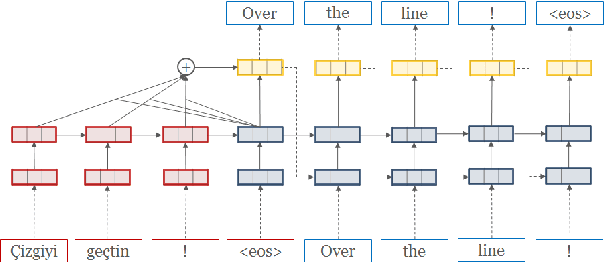
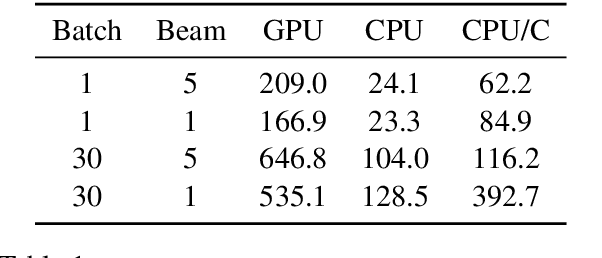


Abstract:We introduce an open-source toolkit for neural machine translation (NMT) to support research into model architectures, feature representations, and source modalities, while maintaining competitive performance, modularity and reasonable training requirements.
SYSTRAN Purely Neural MT Engines for WMT2017
Sep 12, 2017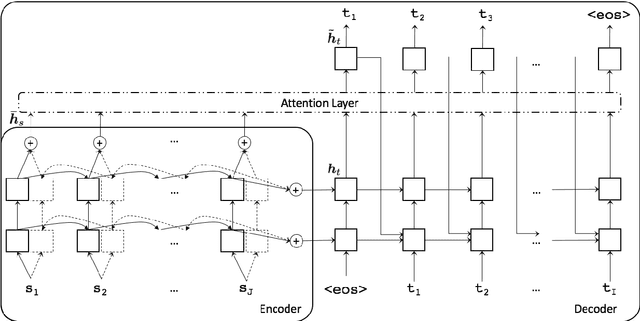
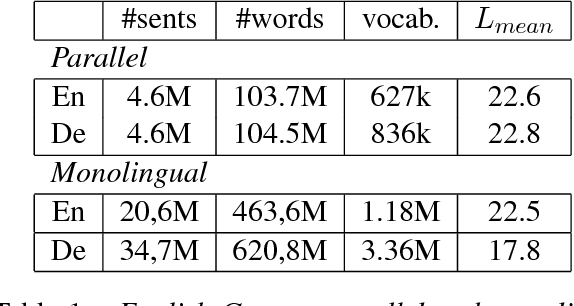
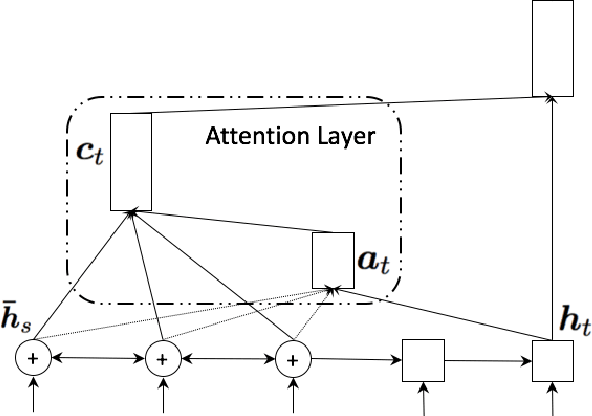

Abstract:This paper describes SYSTRAN's systems submitted to the WMT 2017 shared news translation task for English-German, in both translation directions. Our systems are built using OpenNMT, an open-source neural machine translation system, implementing sequence-to-sequence models with LSTM encoder/decoders and attention. We experimented using monolingual data automatically back-translated. Our resulting models are further hyper-specialised with an adaptation technique that finely tunes models according to the evaluation test sentences.
OpenNMT: Open-Source Toolkit for Neural Machine Translation
Mar 06, 2017



Abstract:We describe an open-source toolkit for neural machine translation (NMT). The toolkit prioritizes efficiency, modularity, and extensibility with the goal of supporting NMT research into model architectures, feature representations, and source modalities, while maintaining competitive performance and reasonable training requirements. The toolkit consists of modeling and translation support, as well as detailed pedagogical documentation about the underlying techniques.
SYSTRAN's Pure Neural Machine Translation Systems
Oct 18, 2016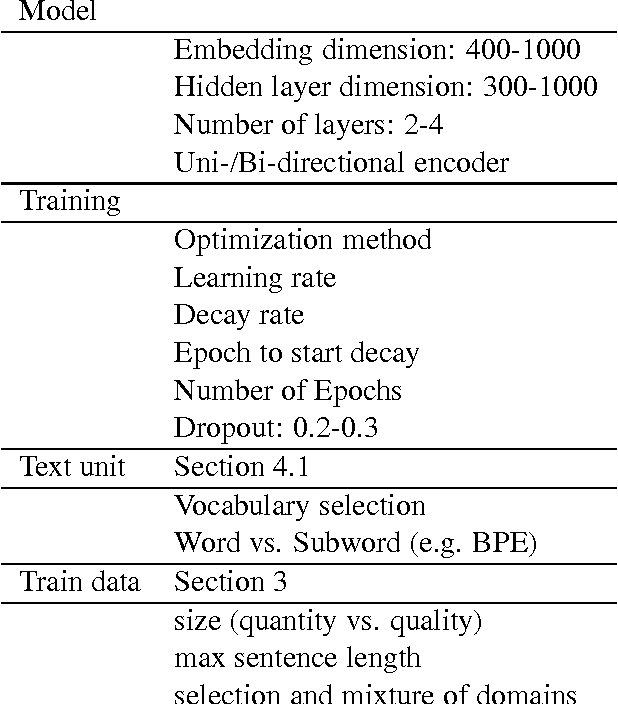
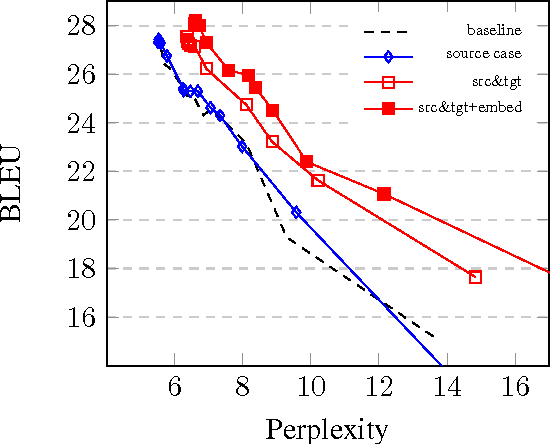
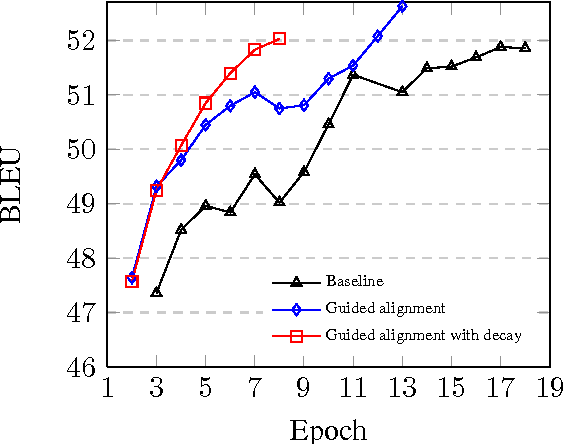
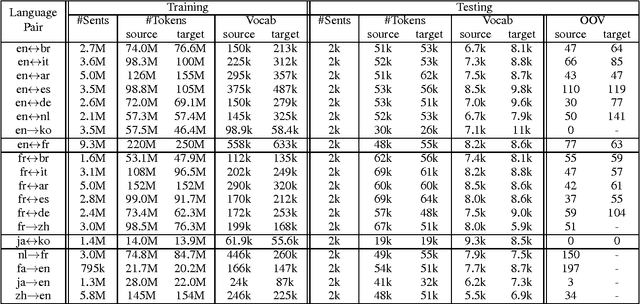
Abstract:Since the first online demonstration of Neural Machine Translation (NMT) by LISA, NMT development has recently moved from laboratory to production systems as demonstrated by several entities announcing roll-out of NMT engines to replace their existing technologies. NMT systems have a large number of training configurations and the training process of such systems is usually very long, often a few weeks, so role of experimentation is critical and important to share. In this work, we present our approach to production-ready systems simultaneously with release of online demonstrators covering a large variety of languages (12 languages, for 32 language pairs). We explore different practical choices: an efficient and evolutive open-source framework; data preparation; network architecture; additional implemented features; tuning for production; etc. We discuss about evaluation methodology, present our first findings and we finally outline further work. Our ultimate goal is to share our expertise to build competitive production systems for "generic" translation. We aim at contributing to set up a collaborative framework to speed-up adoption of the technology, foster further research efforts and enable the delivery and adoption to/by industry of use-case specific engines integrated in real production workflows. Mastering of the technology would allow us to build translation engines suited for particular needs, outperforming current simplest/uniform systems.
 Add to Chrome
Add to Chrome Add to Firefox
Add to Firefox Add to Edge
Add to Edge